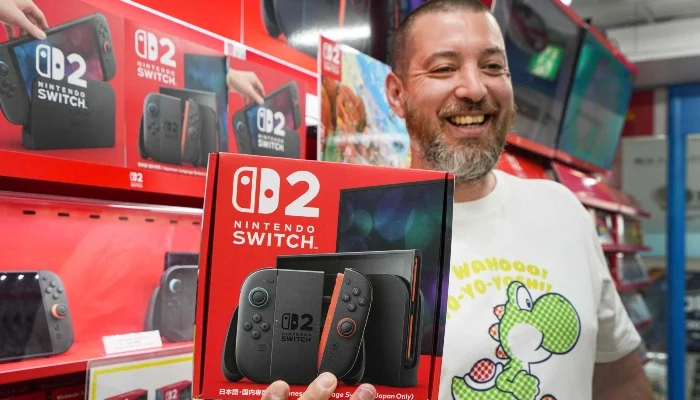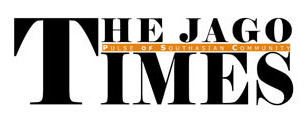Nintendo announced on Wednesday that its new Switch 2 console has shattered sales records, becoming the fastest-selling console ever by moving an astounding 3.5 million units within its first four days on the market.
Featuring an enhanced screen and greater processing power, the console represents a significant upgrade to the original Switch — which currently ranks as the third best-selling console of all time.
The Switch 2 launched last Thursday amidst a global surge of fan excitement, characterized by sold-out pre-orders and midnight store openings worldwide.
The Japanese gaming giant confirmed that the Switch 2 had achieved “the highest global sales level for any Nintendo hardware within the first four days.” Analysts echoed this sentiment, stating that it also broke industry records, surpassing the initial sales of both the first Switch and Sony’s PlayStation 5, which sold 2.7 million and 3.4 million units respectively in their first month.
The crucial question now for Nintendo is whether it can sustain this early momentum to replicate the overall long-term success of its predecessor. The original Switch, which notably gained a surge in popularity during the pandemic with hit titles like “Animal Crossing,” has sold an impressive 152 million units since its launch in 2017.
Darang Candra of games market research firm Niko Partners cautioned, “Sales momentum will be difficult to sustain in the long run.” He suggested to AFP, “It could be that consumers want to buy before potential price increases due to potential tariffs by the United States.”
Candra added that the console’s “long-term success will depend on Nintendo’s ability to sustain engagement with new titles” and attract casual gamers in emerging markets such as the Middle East and Asian countries outside Japan.
High Price Point
Nintendo forecasts that it will sell 15 million Switch 2 consoles in the current financial year, a figure roughly equivalent to the original Switch’s sales in the same period following its release.
However, Nintendo also faces the challenge of convincing enough consumers to pay the higher price for its new device. The Switch 2 is priced at $449.99 in the United States, a considerable increase from the original Switch’s launch price of $299.99. Both are hybrid consoles, offering the flexibility to connect to a TV or be played portably.
New games designed for the Switch 2, such as “Donkey Kong Bananza” and “Mario Kart World” — which allow players to explore off-grid environments — are also more expensive than existing Switch titles. Candra noted that the higher cost for American consumers is “a calculated move on Nintendo’s part to avoid potential impacts from US tariffs.” A Japan-only version of the console is available at a cheaper price of 49,980 yen ($350).
Nintendo has indicated that hardware for North America is primarily produced in Vietnam, a country that US President Donald Trump has threatened with hefty additional tariffs of 46%.
Technologically, the Switch 2 boasts eight times the memory of the first Switch, and its controllers, which attach magnetically, can also function like a desktop computer mouse. New features that allow users to chat while playing online and temporarily share games with friends could also prove to be a significant draw for younger audiences accustomed to watching game streamers.
Ultimately, the success of the Switch 2 is paramount for Nintendo. While the “Super Mario” maker is diversifying its ventures into theme parks and hit movies, approximately 90% of its revenue continues to be generated from its Switch business.



